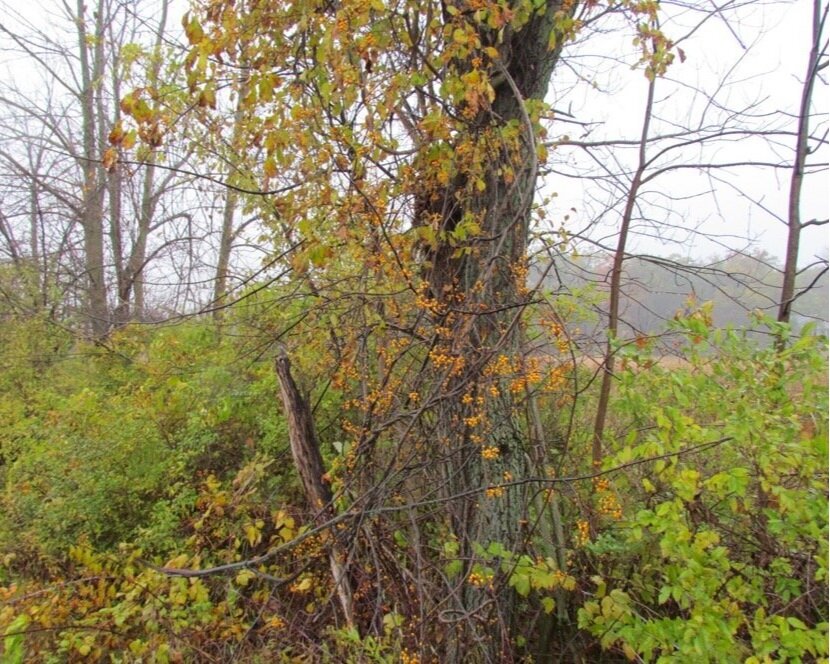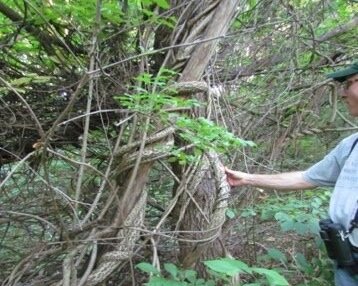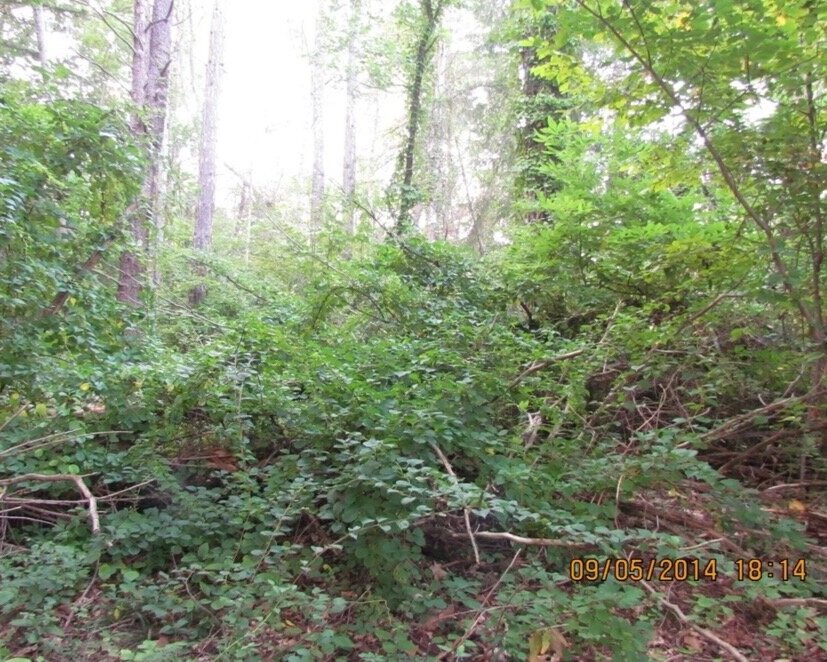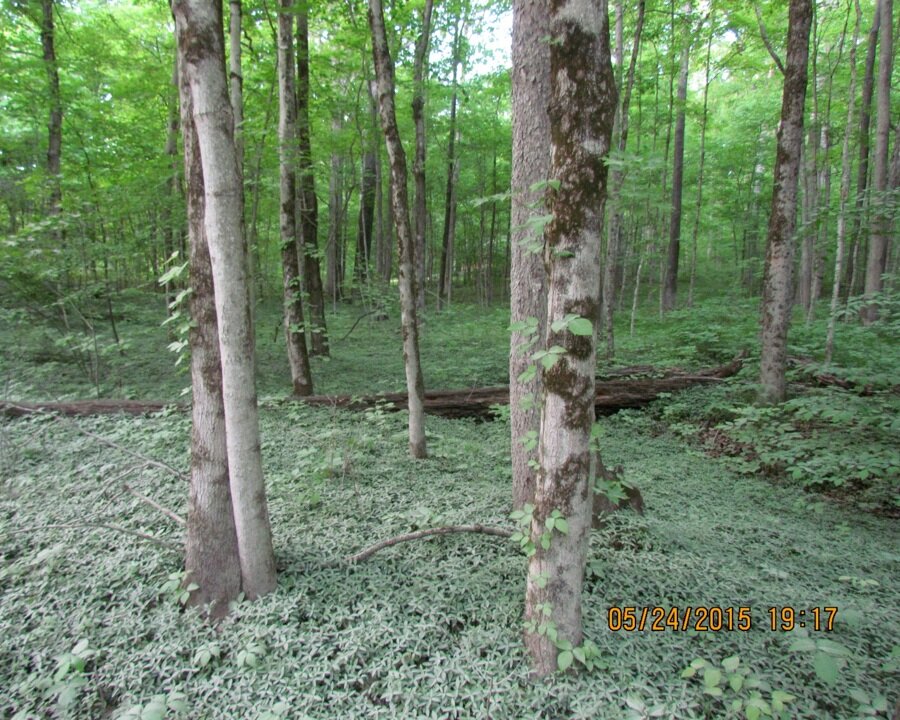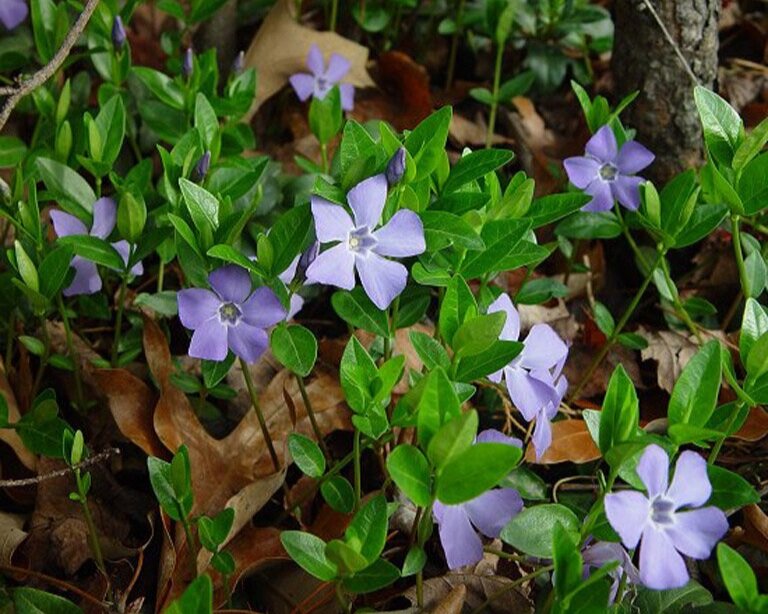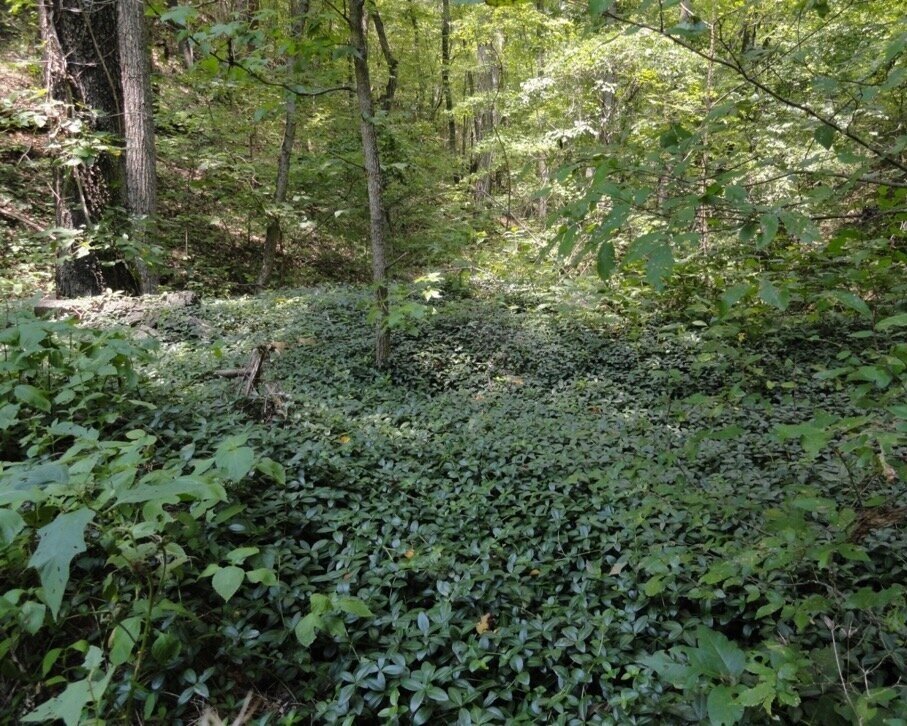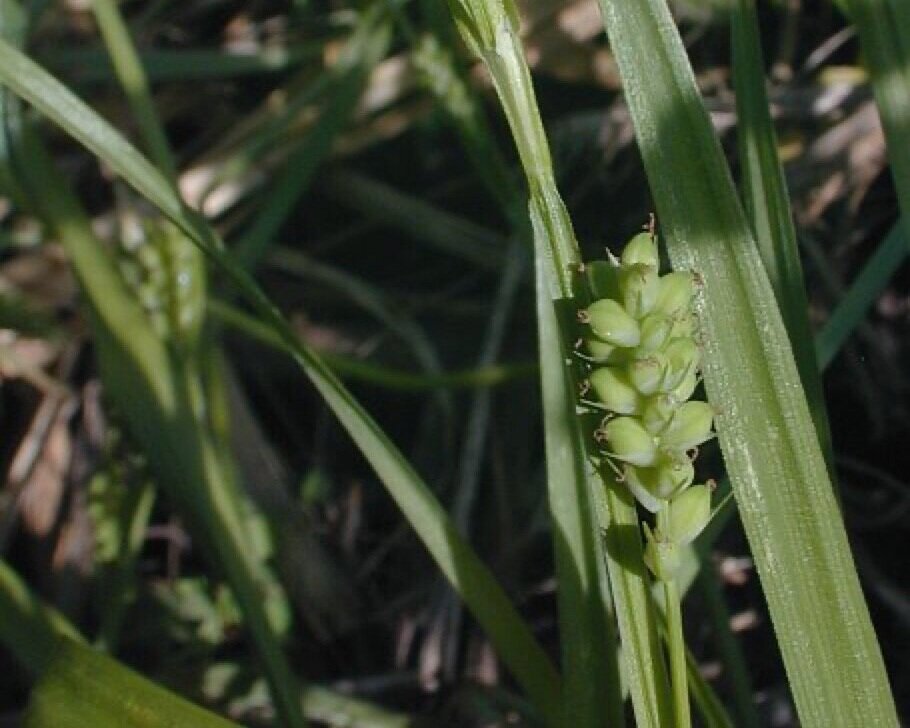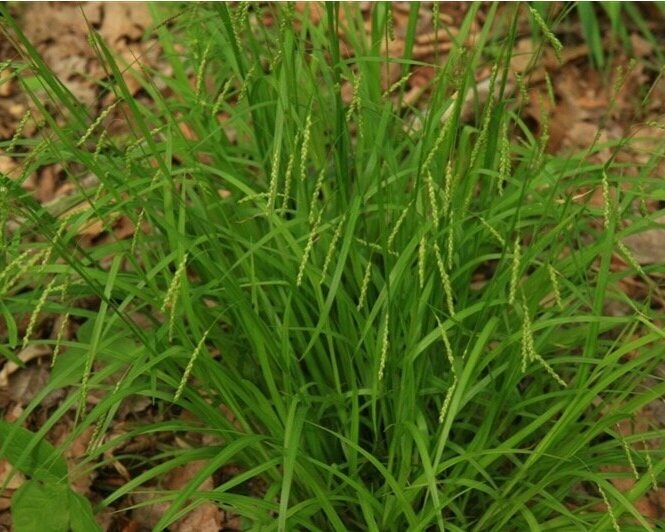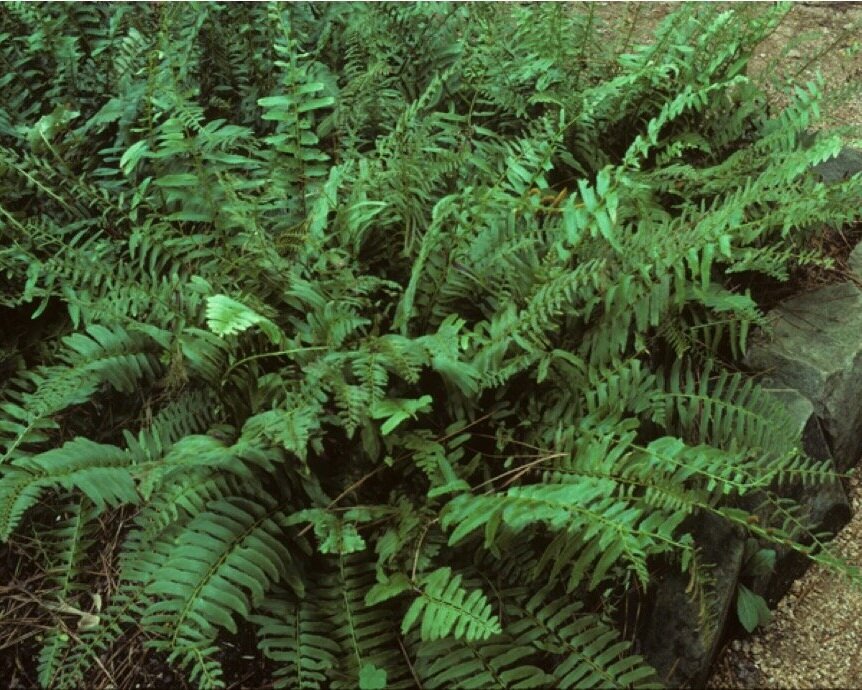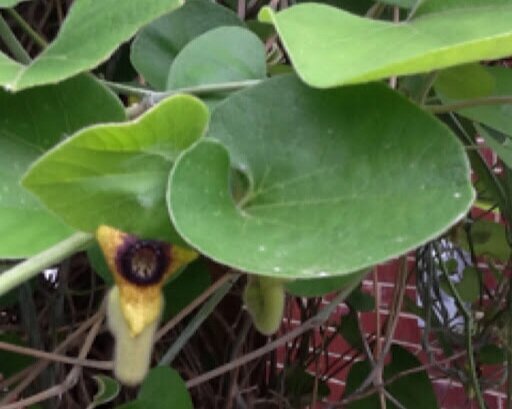INDIANA INVASIVE SPECIES WEEK - DAY 7
SICIM Email
INDIANA INVASIVE SPECIES WEEK, APRIL 19-25, 2020
Reposted from the Indiana Invasive Species Council Blog
Who’s up for a backyard Weed Wrangle®?
We have been touting the Stay-at-Home (aka Virtual) Weed Wrangle® campaign for about 5 weeks now in Indiana and some of you have met the challenge with some amazing work (truckloads of garlic mustard removed, acres of bush honeysuckle eradicated, acres of squill managed, piles and piles of periwinkle pulled, etc.). Thank you so much for sharing your work with us (the Indiana Invasives Initiative Regional Specialists and myself). It is inspiring!
The work we do in our landscapes has far reaching effects. We know that 85% of the invasive plants in our natural areas, our beloved green spaces, come from our landscaped areas. We know we need to create natural habitat, using plants that are native to our respective areas. We know we need living landscapes instead of landscapes that are comprised of plants that are not from here and plants that are not part of our area’s food web. Landscape choices that each one of us makes has an impact. When we choose to use native plants in our landscapes, we become part of the solution for healthy lands, water and air and for supporting our insects, pollinators, birds and other native wildlife. We hope you have an opportunity to remove some invasives from your landscape and incorporate native plants instead. The rewards are tremendous. Just this week we have watched a kinglet devour a damselfly and several species use old plant stems for nest material.
Not only are we here in Indiana asking for your help but the National Weed Wrangle® founders are asking all of us to remove invasives and let them know what we have done. They challenge us to “choose that one invasive plant, in our own space that has been nagging us. Plan and implement a mission to eradicate it in the next two weeks. Let's free our neighborhoods from invasive plants!” If you need help on how to manage your Invasives-at-Home, we are here to help. You can find your Regional Specialists on our Indiana Invasives Initiative info on our website. And yes, we make house calls!
The Stay-at-Home Weed Wrangle® is a Nationwide event and anyone can join. When you have completed your work, share before and after photographs on social media including the hashtags #virtualweedwrangleindiana, #virtualweedwrangle, #stayathomeweedwrangle, and/or #stayathomeweedwrangleindiana in your post. You can also send them via email to sicim.info@gmail.com and info@weedwrangle.org and we will share them online and at our annual CISMA conference.
Stay-at-Home and Weed Wrangle® to remove invasives and restore your habitat for native plants and wildlife.
http://www.sicim.info/cisma-project
Today’s plants:
INVASIVE LANDSCAPE PLANT SPOTLIGHT
Regulated terrestrial invasive plant: Oriental bittersweet (Celastrus orbiculatus)
Non-regulated terrestrial invasive plant: Periwinkle (Vinca minor)
Native alternatives for your landscape in Indiana
Vine: Woolly pipevine (Aristolochia tomentosa)
Low growing shrub: low bush blueberry (Vaccinium angustifolium) – pollinator connection: host for pipevine swallowtail
Native ferns and sedges:
Christmas fern (Polystichum acrosticoides) – holds soil in place and is used for concealment by some wildlife
Common wood sedge (Carex blanda) – pollinator connection: many sedges are host plants
Graceful wood sedge (Carex gracillima) – pollinator connection: many sedges are host plants
I use native ferns and sedges in my garden, and they are lovely! I pair them with everything. They replace periwinkle and wintercreeper that was here (we have removed 65 truckloads and counting of both invasive species) when we moved in. Native ephemerals and other native forbs have returned to the forest floor and the garden area since we removed both wintercreeper and perwinkle. We now find caterpillars on the native plants, salamanders in the leaf litter and birds galore. Dogwoods, redbuds and musclewood line our driveway (they are stunning right now). We are excited to replace the plastic looking landscape that was overflowing with invasives (at least 20 species) with a living landscape that looks natural and beautiful and brings us joy because it’s stunning and we know it’s part of the local food web.
Additional resources:
- Dawn Slack, Director of Stewardship with The Nature Conservancy In Indiana
Chair, Invasive Plant Advisory Committee
Project Coordinator, Indiana Invasives Initiative, SICIM
(Background photo of Carolina chickadee on purple coneflower stem by Dawn Slack)

